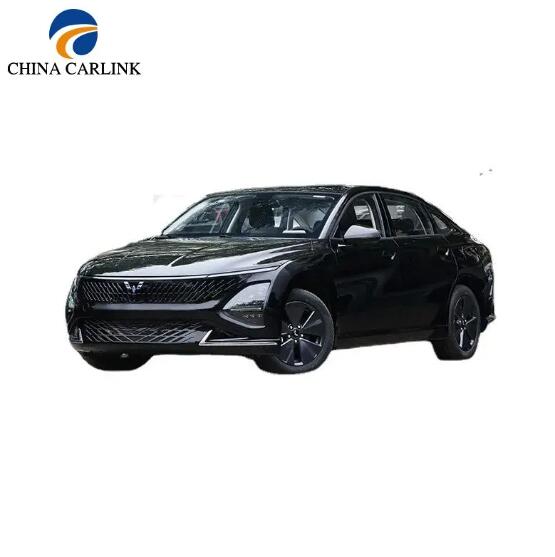Passenger Vehicles: A Comprehensive Look at Their Role in Transportation
2024-09-11
As the backbone of personal transportation, passenger vehicles dominate the roads worldwide, offering a safe and convenient means for people to travel. But what really defines a passenger vehicle, and how does it differ from other forms of transportation? In this blog, we’ll dive into the specific traits that characterize passenger vehicles and why they are critical in modern society.
1. What Is the Purpose of a Passenger Vehicle?
At its core, a passenger vehicle is designed with one key function in mind: to transport people safely from one place to another. These vehicles typically accommodate anywhere from one to eight passengers and may include some space for cargo, but their primary purpose is to provide mobility for individuals, families, or small groups.
Unlike trucks or buses, which focus on transporting goods or larger groups of people, passenger vehicles prioritize the experience and comfort of those inside. Features like climate control, adjustable seats, and infotainment systems are commonplace, making these vehicles ideal for both short commutes and long-distance travel.
2. Types of Passenger Vehicles: Flexibility in Design
Passenger vehicles come in many different forms, each tailored to meet the unique needs of various drivers and lifestyles:
- Sedans: A popular choice among commuters, sedans offer a balance of space, comfort, and fuel efficiency. These vehicles typically seat up to five passengers and are known for their smooth ride.
- Hatchbacks: Ideal for city driving, hatchbacks are compact vehicles that offer flexible cargo space. The rear door provides easy access to the cargo area, and foldable seats allow drivers to expand storage capacity when needed.
- SUVs: For those needing more space, SUVs (Sport Utility Vehicles) provide extra room for both passengers and cargo. Many SUVs also come equipped with all-wheel drive, making them suitable for off-road driving or rough weather conditions.
- Minivans: Designed with families in mind, minivans have sliding doors and spacious interiors, often seating up to eight passengers. They are perfect for long road trips or carpooling.
- Convertibles: For drivers seeking a more adventurous driving experience, convertibles offer an open-top design that allows for outdoor driving in fair weather conditions.
3. Defining Features of Passenger Vehicles
The features found in passenger vehicles are what set them apart from other vehicle types:
- Seating and Interior Comfort: Passenger vehicles are designed to prioritize the comfort of their occupants. This often includes cushioned seats, ample legroom, climate control, and entertainment systems.
- Safety Systems: Modern passenger vehicles come equipped with advanced safety features like airbags, anti-lock brakes, electronic stability control, and collision avoidance systems. These features are crucial in reducing injuries during accidents and ensuring safe journeys.
- Fuel Efficiency: Passenger vehicles, especially sedans and hatchbacks, are typically engineered for better fuel efficiency, making them more cost-effective for daily commuting or long trips.
- Performance: While some passenger vehicles are designed with high-performance engines (e.g., sports cars), many focus on smooth handling and a comfortable ride for everyday driving.
4. How Passenger Vehicles Differ from Commercial Vehicles
Passenger vehicles and commercial vehicles serve different purposes. While passenger vehicles focus on the safe and comfortable transport of individuals, commercial vehicles are designed to move goods, equipment, or large groups of people. Buses, cargo vans, and delivery trucks fall under the commercial category.
Passenger vehicles tend to have lower insurance premiums and taxes because they are used for personal transportation. In contrast, commercial vehicles often require special licenses and higher maintenance standards.
5. The Evolution of Passenger Vehicles
Passenger vehicles have evolved significantly over the past century, adapting to changes in technology, consumer preferences, and environmental concerns. Early models focused primarily on function, but today’s vehicles are designed with both form and function in mind. Electric and hybrid models are becoming more common as consumers and manufacturers look for more sustainable and eco-friendly ways to travel.
Conclusion
Passenger vehicles are essential in our daily lives, offering mobility, convenience, and comfort. From sedans to SUVs, these vehicles come in various shapes and sizes, catering to different consumer needs. As technology continues to advance, passenger vehicles will evolve further, bringing even more innovations to the road, reshaping the future of personal transportation.



